I got in touch with Nintendo’s former design and brand director Lance Barr. He has a long and accomplished career working for Nintendo of America (NOA), most notably as the designer behind the Nintendo Entertainment System (NES) and Super Nintendo Entertainment System (SNES). His career started in 1982 when he began redesigning Nintendo’s arcade cabinets (their bread and butter at the time).
As a fan of his work, I had sent him a few instruction manuals for the NES and SNES and requested that he sign them for me. To my delight, not only did he sign them but he also answered a few questions that I had for him.
Table of contents
Instruction Manuals by Lance Barr
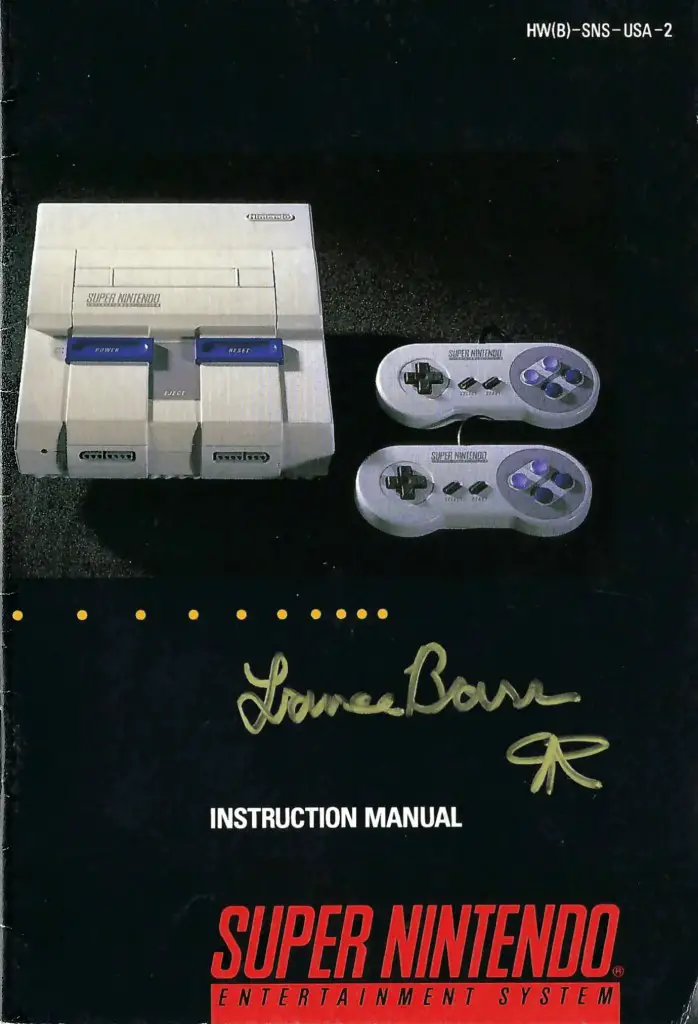
The first revelation that I got from Lance was that he had done the technical drawings contained within the NES and SNES instruction manuals that I had sent him to sign. I really couldn’t have picked a more perfect item for him to sign if I tried, as those manuals were packed with his work from cover to cover.
Interestingly, in addition to the industrial design (and general support of the NES and Super NES launch), I did the drawings found in these two manuals.
– Lance Barr
SNES Concept Art
After scouring the internet and performing reverse image searches, I was not able to find any previously published examples of the concept art that Lance sent me. Unfortunately, he asked that I not post those at this time. However, the previously published SNES design in the graphic below comes very close, with the exception of the buttons. On the design Lance provided, the power button retained the rectangular design from the NES.
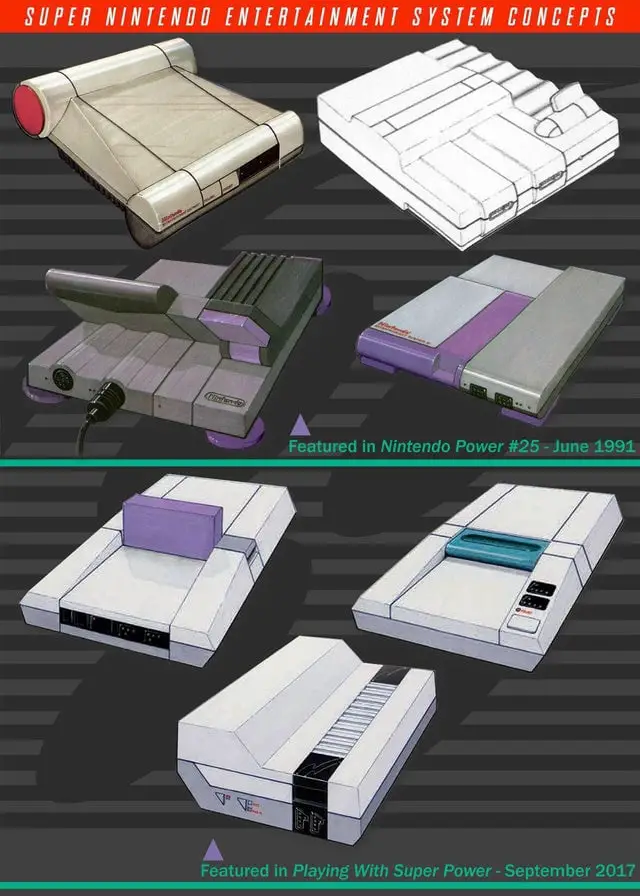
The NES and SNES were at one point to be paired together. Looking at the lower SNES concept art, we are able to see the similarities in their designs. The power button, red LED, and grill were all at one point designed to more closely match the NES. Interestingly, the art provided by Lance also shows how a cartridge was meant to be top loaded. The design feature is missing on the design shown above. In fact, the above art seems to suggest that it was front loading like the NES.
G4 did an interview with Don James, in which he describes how the ultimate design choice for the NES was decided upon.
NES Modem
Back in 1991, NOA was in the midst of making plans with the Minnesota state lottery. They sought to connect the NES to the internet in a bid to enable at-home gambling. Unfortunately, political opposition at the time meant trouble for the NES modem which Lance Barr designed. Connecting the NES consoles to a modem was kiboshed before the peripheral ever made it past the prototype stage.
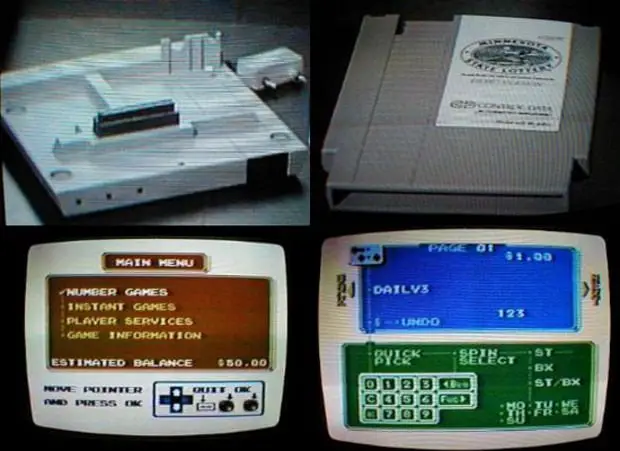
While a modem for the NES seems revolutionary for 1991, it’s important to remember that it had already been achieved in Japan. By 1988, Nintendo had already released the Family Computer Network System for the Japanese equivalent of the NES, the Famicom. By ’91, 130,000 units of the Famicom modem had been shipped across Japan so the technology would have been easily adapted for the NES.
Lance Barr Interviews
For more on Lance’s work, check out this interview, courtesy of Chad Margetts and nintendojo. Barr goes back to his early days at the company and has a lot of interesting stuff to share regarding his career which spanned from 1982 to 2021.
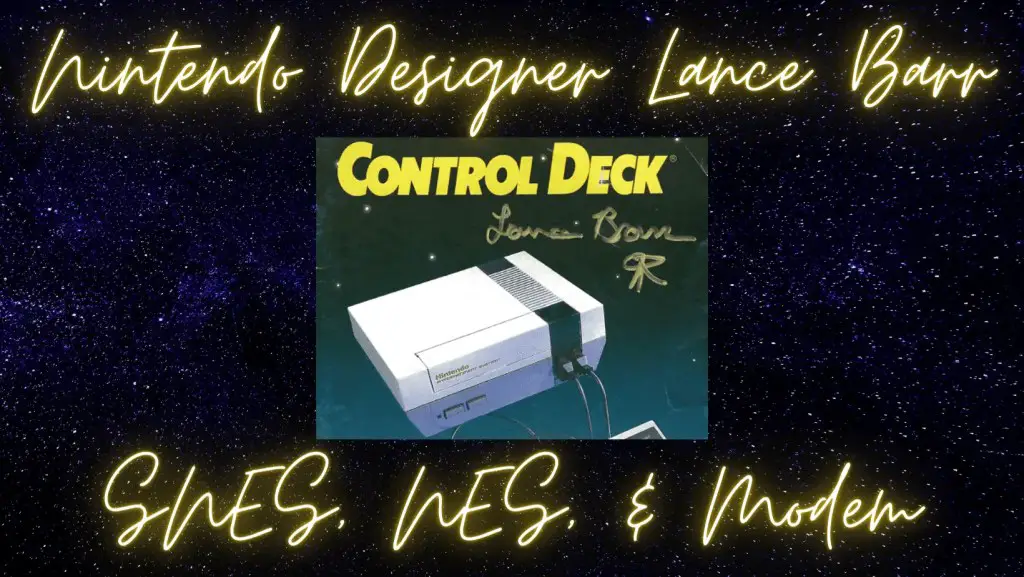
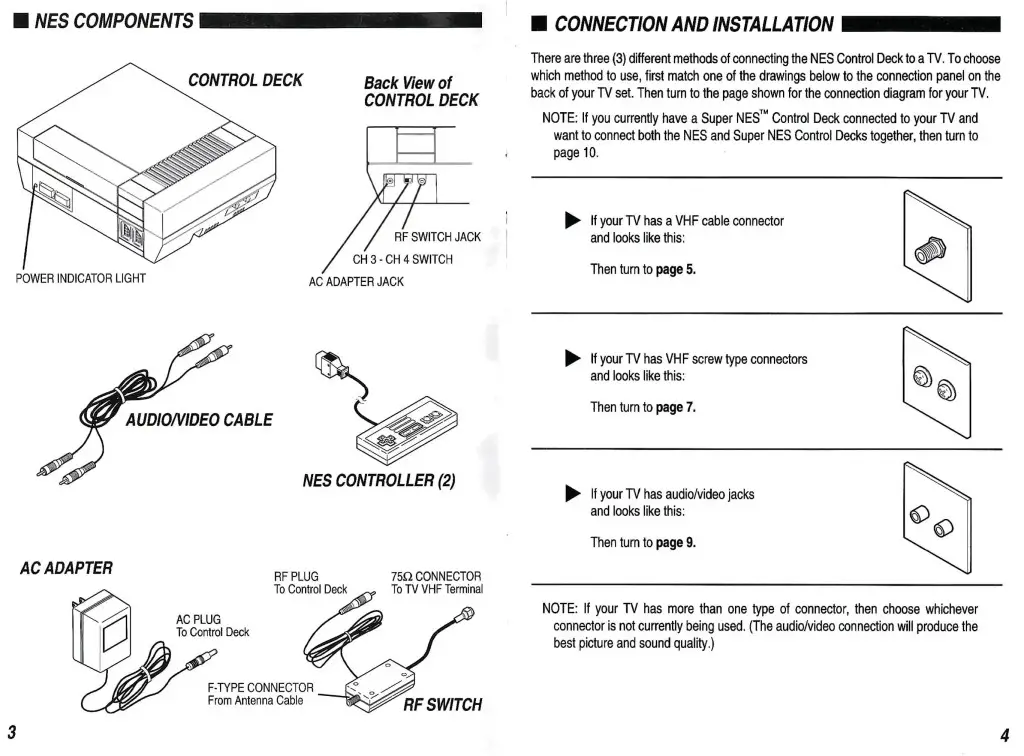


Pingback: Nintendo’s NES Knitting Machine System: A Closer Look At the Strange History [Oddware] – Full Throttle FPS
Pingback: Nintendo Designer Responsible for NES and SNES Retires After Almost 39 Years - newsquick24
Pingback: NES మరియు SNES లకు బాధ్యత వహించే నింటెండో డిజైనర్ దాదాపు 39 సంవత్సరాల తర్వాత పదవీ విరమణ చేస్తారు - TTNEWS
Pingback: NES and SNES Designer Lance Barr Is Retiring from Nintendo | 1st Gamers
Pingback: Developers designer responsible for NES as well SNES retires after even close to being 39 years – JERVIE.com
Pingback: Nintendo designer responsible for NES and SNES retires after nearly 39 years - SimpleNews
Pingback: طراح نینتندو مسئول NES و SNES پس از نزدیک به 39 سال بازنشسته می شود - حرف مفید
Pingback: Nintendo designer responsible for NES and SNES retires after nearly 39 years | Techlear
Pingback: Nintendo designer liable for NES and SNES retires after practically 39 years - UNewsify
Pingback: Le concepteur de Nintendo responsable de la NES et de la SNES prend sa retraite après près de 39 ans - Le meilleur du High-Tech
Pingback: NES And SNES Designer Lance Barr Is Retiring From Nintendo – Kotaku – The Daily Rag
Pingback: NES And SNES Designer Lance Barr Has Retired From Nintendo | X99News
Pingback: NES and SNES Designer Lance Barr Is Retiring from Nintendo – ISSOLVI
Pingback: NES And SNES Designer Lance Barr Is Retiring From Nintendo – Fresh News Now
Pingback: NES And SNES Designer Lance Barr Is Retiring From Nintendo | Artificial Gamer
Pingback: NES and SNES Designer Lance Barr Is Retiring from Nintendo – skygamingclub
Pingback: NES And SNES Designer Lance Barr Is Retiring From Nintendo - PaprikaNews
Pingback: Lance Barr, Diseñador De NES Y SNES, Se Retira De Nintendo » Falso Gamer
Pingback: NES and SNES Designer Lance Barr Is Retiring from Nintendo - Shop
Pingback: The Designer Of The NES And SNES Has Retired From Nintendo After Almost 40 Years - The Barrister Times
Pingback: The Designer Of The NES And SNES Has Retired From Nintendo After Almost 40 Years - Barrister Times
Pingback: The Designer Of The NES And SNES Has Retired From Nintendo After Almost 40 Years - Were One News
Pingback: The Designer Of The NES And SNES Has Retired From Nintendo After Almost 40 Years – X Games
Pingback: The Designer Of The NES And SNES Has Retired From Nintendo After Almost 40 Years - misteruplay2016's blog and news
Pingback: The Designer Of The NES And SNES Has Retired From Nintendo After Almost 40 Years – igambler.net
Pingback: The Designer Of The NES And SNES Has Retired From Nintendo After Almost 40 Years – Egameworld
Pingback: The Designer Of The NES And SNES Has Retired From Nintendo After Almost 40 Years - kamanideals
Pingback: The Designer Of The NES And SNES Has Retired From Nintendo After Almost 40 Years - MobPlay Games - Moplay -Moboplay
Pingback: Pereka NES Dan SNES Telah Bersara Dari Nintendo Setelah Hampir 40 Tahun - MS Atsit
Pingback: The Designer Of The NES And SNES Has Retired From Nintendo After Almost 40 Years | Artificial Gamer
Pingback: Der Designer von NES und SNES hat sich nach fast 40 Jahren von Nintendo zurückgezogen - DE Atsit
Pingback: Le concepteur de la NES et de la SNES a pris sa retraite de Nintendo après presque 40 ans - FR Atsit
Pingback: Разработчик NES и SNES ушел из Nintendo спустя почти 40 лет - RU Atsit
Pingback: The Designer Of The NES And SNES Has Retired From Nintendo After Nearly 40 Years - devmax-yt.com
Pingback: The Designer Of The NES And SNES Has Retired From Nintendo After Almost 40 Years | Jobs Baaz
Pingback: Designeren av NES og SNES har trukket seg tilbake fra Nintendo etter nesten 40 år - NL Atsit
Pingback: The Designer Of The NES And SNES Has Retired From Nintendo After Almost 40 Years | Techia Hub
Pingback: The Designer Of The NES And SNES Has Retired From Nintendo After Almost 40 Years - The Best Gaming News Website : Game Sweepers
Pingback: Nhà thiết kế NES và SNES đã nghỉ hưu khỏi Nintendo sau gần 40 năm - VI Atsit
Pingback: The NES and SNES designer has retired from Nintendo after nearly 40 years - Gaming Console Updates
Pingback: Il designer di NES e SNES si è ritirato da Nintendo dopo quasi 40 anni - IT Atsit
Pingback: The Designer Of The NES And SNES Has Retired From Nintendo After Almost 40 Years – 76mart.com
Pingback: The Designer Of The NES And SNES Has Retired From Nintendo After Almost 40 Years | Techia Buzz
Pingback: The Designer Of The NES And SNES Has Retired From Nintendo After Almost 40 Years | Techia Art
Pingback: El diseñador de NES y SNES se ha retirado de Nintendo después de casi 40 años - ES Atsit
Pingback: The Designer Of The NES And SNES Has Retired From Nintendo After Almost 40 Years - NEWS YRP
Pingback: The Designer Of The NES And SNES Has Retired From Nintendo After Almost 40 Years | TechiaCrypto.Com
Pingback: El diseñador de NES y SNES se ha retirado de Nintendo después de casi 40 años | TechiaCrypto.Com
Pingback: The Designer Of The NES And SNES Has Retired From Nintendo After Almost 40 Years - GAMESABC.CYOU
Pingback: The Designer Of The NES And SNES Has Retired From Nintendo After Almost 40 Years – All Games Zone
Pingback: The Designer Of The NES And SNES Has Retired From Nintendo After Almost 40 Years
Pingback: The Designer Of The NES And SNES Has Retired From Nintendo After Almost 40 Years – GetUpdated